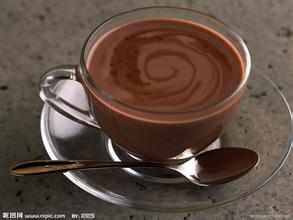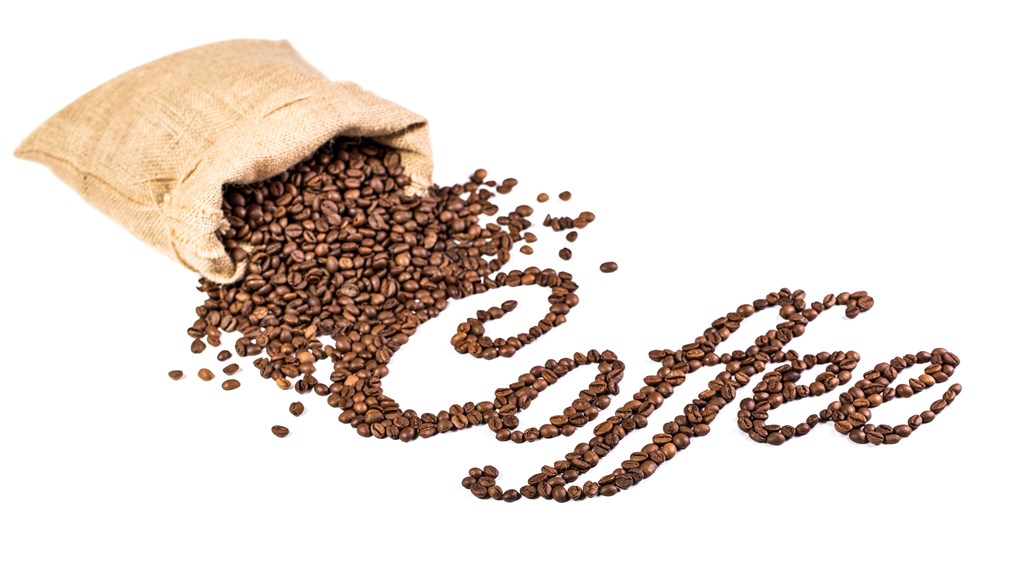Introduction to the characteristics of Panamanian Rosa Coffee Manor with Fruit flavour
Panama is located on the Panamanian isthmus in Central America, bounded by Colombia to the east and the Pacific Ocean to the south.
Map of Panama
Map of Panama
It is bordered by Costa Rica to the west and the Caribbean to the north. The territory is S-shaped to connect North and South America, and the Panama Canal connects the Atlantic and Pacific oceans from north to south. It is known as the "bridge of the world". [5] Panama has a land area of 75517 square kilometers, a land length of 772km and a width of between 60km and 177km. The coastline is 2988 kilometers long and the land boundary is 555 kilometers long. In terms of longitude and latitude, Panama is located between 7 °and 10 °north latitude, and between 77 °and 83 °west longitude. Panama is rich in forest resources and has many tree species, including mahogany, sequoia, teak, mahogany, cedar and other valuable timber. The forest area of Dalian Province in the east is the most widely distributed, but it has not been fully developed due to lack of market and for reasons such as national defense and protection of the natural ecological environment. [5] according to FAO estimates in 2010, the forest area of Panama is 4.29 million hectares, accounting for 57 per cent of the land area. The Panamanian flag was launched on November 3, 1904. The flag is rectangular and the ratio of length to width is 3:2. The flag consists of four rectangles of white, red and blue. White symbolizes peace; red and blue represent the former Panamanian Liberal Party and the Conservative Party respectively, and they are also symbols of the two parties' United struggle for the interests of the nation. The blue star on the white background at the top left represents loyalty and integrity, while the red star on the white background at the lower right represents the authority of the law. The design of the crosshairs divided into four pieces represents that Panama is located at the junction of South America, North America, Atlantic and Pacific Ocean. Red, blue and white are the colors of the American Stars and Stripes that support the independence of Panama. The national emblem of Panama, designed by Manuel Amador Guerrero, the first president of Panama, was used in 1904. The national emblem is a brown eagle with its head held high.
Panamanian national emblem
Panamanian national emblem
It stands on the national emblem with a white ribbon with the Panamanian motto "for the benefit of the world". In the middle of the national emblem is the brown isthmus of Panama, the blue Pacific and Caribbean seas, and the Panama Canal that connects them; under the blue sky, a bright moon has risen, the corresponding sunset is still shining in all directions, symbolizing the arrival of Panama's independence "at sunset and moonrise"; the silver sword and rifle crossed on the upper left have experienced the ups and downs of hundreds of years of war on Panamanian land. The T-pick and shovel on the upper right represent the country's call for active construction and hard work; the sheep's horn overflowing with gold coins and the golden two-winged flywheel symbolize the progress and prosperity of the country. Four national flags are decorated around the national emblem, and the top nine golden five-pointed stars represent the nine provinces of Panama
In 1931, it was exported to Kenya in obscurity from Geisha Mountain Mountain in southwestern Ethiopia, wandered to Tanzania and Costa Rica, was transplanted to Panama in the 1960s, and then went through nearly half a century before it became a blockbuster, beating the victorious armies of Bourbon, Kaddura, Kaduai and Tibika to win the first prize of the Panamanian National Treasure Bean Cup Test Competition in 2005, 2006 and 2007. In 2007, the International famous Bean Cup Test sponsored by the American Fine Coffee Association (SCAA) won the championship again, and the bidding price was sold at US $130 per pound, setting a record for the highest price in the history of competition beans. It is reported that the later Panamanian national treasure bean competition will be divided into two groups: Rose Summer and non-Rose Summer, so as not to be robbed of the brilliance of other varieties by Rose Summer. Rosa is a member of the Tibika family, but it became famous more than 70 years after leaving Ethiopia, and fulfilled the saying that Ethiopia is a treasure trove of Arabica genes. Giving a variety to go abroad is enough to stir up trouble in the coffee market.
Geisha, which is grown in many parts of the world, is the new king of boutique coffee, among which Panama, Guatemala, Colombia and other Latin American countries have higher quality, high price, flowers, tropical fruits and strong sweetness. these are the feelings that Rosa has always brought to us. Properly baked, they make you feel like sipping the fragrance of a bouquet of flowers. You may not know the story of Rosa, an ancient native species from Ethiopia that was brought as a coffee sample to a coffee experimental garden in Costa Rica and distributed to several small farms for small-scale trials.
Not many people followed Rose Summer until one day, Esmeralda Manor in Panama separated it from other varieties and won the national coffee competition.
She is so extraordinary that the fruity and floral elements are like Yega Xuefei from Africa and Ethiopia on the other side of the world. Of course, these are all old news now. Some small farms also get summer roses and are eager to grow their own roses.
However, the results are different, and this "star" variety seems to have different tastes in different geographical locations due to the influence of weather, soil and altitude. However, in the Aktenango area, we see typical rosy summer features: the slender shape of beans, the changes during baking, and the elegant and uncooked flavor in the cup.

Important Notice :
前街咖啡 FrontStreet Coffee has moved to new addredd:
FrontStreet Coffee Address: 315,Donghua East Road,GuangZhou
Tel:020 38364473
- Prev

An introduction to the unique taste of Ethiopian coffee and the characteristics of fine coffee in the manor area.
Haile Selassie was made regent in 1916 and became king in 1928. On November 2, 1930, he was crowned Emperor Haile Selassie I. In 1936, Italy invaded again, occupied Addis Ababa, conquered Ethiopia, and Selassie went into exile in London. The allies defeated Italy in 1941 and Selassie I returned home on May 5 of the same year. After the domestic coup in 1974
- Next

Yemeni Coffee with complete Grain shape and unique Flavor introduction to Fine Coffee beans in Manor
Yemeni coffee originated from Arabian coffee trees hundreds of years ago, all produced in areas above 3000 feet above sea level. For hundreds of years, the unique planting and production methods of Yemeni coffee have remained almost unchanged. The seedlings of Yemeni coffee trees are first cultivated in nurseries and then transplanted to high elevations. Pesticides and fertilizers are not used in the breeding process. Mature coffee beans are naturally dried on coffee trees and shelled by stone grinding.
Related
- Detailed explanation of Jadeite planting Land in Panamanian Jadeite Manor introduction to the grading system of Jadeite competitive bidding, Red bid, Green bid and Rose Summer
- Story of Coffee planting in Brenka region of Costa Rica Stonehenge Manor anaerobic heavy honey treatment of flavor mouth
- What's on the barrel of Blue Mountain Coffee beans?
- Can American coffee also pull flowers? How to use hot American style to pull out a good-looking pattern?
- Can you make a cold extract with coffee beans? What is the right proportion for cold-extracted coffee formula?
- Indonesian PWN Gold Mandrine Coffee Origin Features Flavor How to Chong? Mandolin coffee is American.
- A brief introduction to the flavor characteristics of Brazilian yellow bourbon coffee beans
- What is the effect of different water quality on the flavor of cold-extracted coffee? What kind of water is best for brewing coffee?
- Why do you think of Rose Summer whenever you mention Panamanian coffee?
- Introduction to the characteristics of authentic blue mountain coffee bean producing areas? What is the CIB Coffee Authority in Jamaica?

